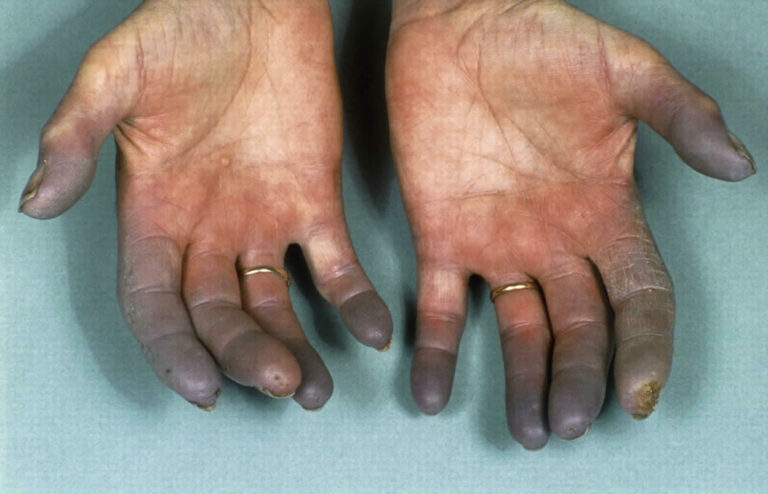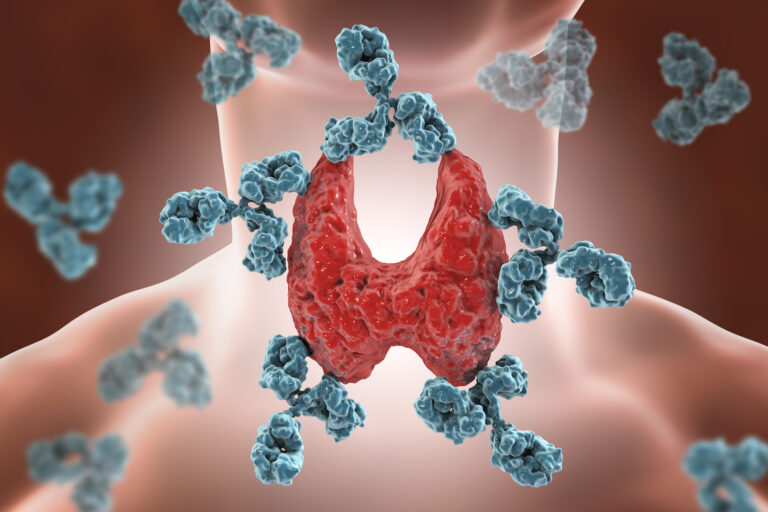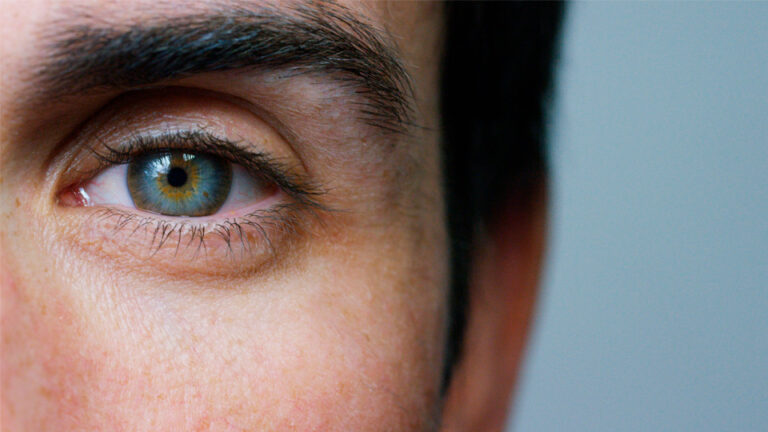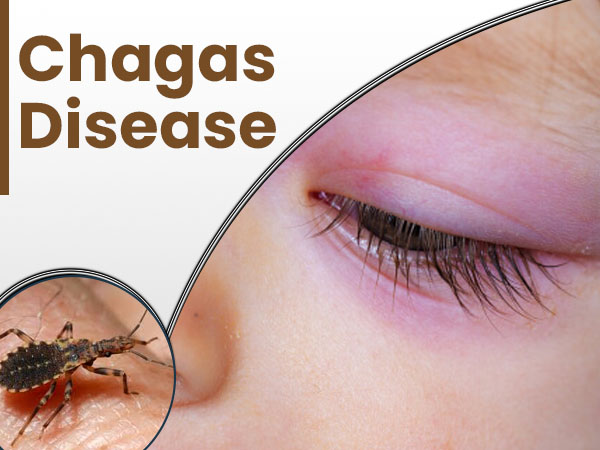CELIAC DISEASE AT A GLANCE: Beyond Celiac
Author: Giselle Robel
Giselle Robel
Category: Health
Celiac disease is a digestive and an autoimmune disorder that can damage your small intestine. People with celiac disease might experience symptoms like diarrhea, bloating, gas, anemia, and growth issues. Celiac disease can be triggered by a protein called gluten. Gluten is found in grains, like wheat, barley, and rye. Changing your diet to avoid gluten often helps relieve your symptoms.
Therefore, celiac disease is sometimes called celiac sprue or gluten-sensitive enteropathy.
And also, if you have celiac disease, eating gluten triggers an immune response in your small intestine. And, this reaction damages your small intestine’s lining and prevents it from absorbing some nutrients (malabsorption). Which can lead to serious complications.
In children, malabsorption can affect growth and development, besides causing the symptoms seen in adults.
There’s no cure for celiac disease but for most people, following a strict gluten-free diet can help manage symptoms and promote intestinal healing.
Symptoms of celiac disease
The signs and symptoms of celiac disease can vary greatly and differ in children and adults.
- No symptoms at all (like some family members of celiac patients).
- Digestive problems (abdominal bloating, pain, gas, constipation, diarrhea, pale stools and weight loss).
- A severe blistering skin rash called dermatitis herpetiformis and sores in the mouth (called aphthous ulcers).
- Unexplained anemia (low blood count) or hepatitis (inflammation of the liver).
- Musculoskeletal problems (muscle cramps, joint and bone pain) and defects in dental enamel.
- Tingling sensation in the legs (caused by nerve damage and low calcium).
- Depression.
- Anemia, usually from iron deficiency
- Mouth ulcers
- Headaches and fatigue
- Nervous system injury, including numbness and tingling in the feet and hands, possible problems with balance, and cognitive impairment
- Joint pain
- Reduced functioning of the spleen (hyposplenism)
Children
Children with celiac disease are more likely than adults to have digestive problems, including:
- Nausea and vomiting
- Chronic diarrhea
- Swollen belly
- Constipation
- Gas
- Pale, foul-smelling stools
The inability to absorb nutrients might result in:
- Failure to thrive for infants
- Damage to tooth enamel
- Weight loss
- Anemia
- Irritability
- Short stature
- Delayed puberty
- Neurological symptoms, including attention-deficit/hyperactivity disorder (ADHD), learning disabilities, headaches, lack of muscle coordination and seizures
Dermatitis herpetiformis
Gluten intolerance can cause this itchy, blistering skin disease. The rash usually occurs on the elbows, knees, torso, scalp, and buttocks. This condition is often associated with changes to the lining of the small intestine identical to those with celiac disease, but the skin condition might not cause digestive symptoms.
Doctors treat dermatitis herpetiformis with a gluten-free diet or medication, or both, to control the rash.
Causes
Your genes combined with eating foods with gluten and other factors can contribute to celiac disease, but the precise cause isn’t known. Infant- feeding practices, gastrointestinal infections, and gut bacteria might contribute, as well. Sometimes celiac disease becomes active after surgery, pregnancy, childbirth, viral infection, or severe emotional stress.
When the body’s immune system overreacts to gluten in food, the reaction damages the tiny, hairlike projections (villi) that line the small intestine. Villi absorb vitamins, minerals, and other nutrients from the food you eat. If your villi are damaged, you can’t get enough nutrients, no matter how much you eat.
When to see a doctor
Consult your doctor if you have diarrhea or digestive discomfort that lasts for more than two weeks. Consult your child’s doctor if your child is pale, irritable or failing to grow or has a potbelly and foul-smelling, bulky stools.
Be sure to consult your doctor before trying a gluten-free diet. If you stop or even reduce the amount of gluten you eat before you’re tested for celiac disease, you can change the test results.
Celiac disease tends to run in families. If someone in your family has the condition, ask your doctor if you should be tested. Also ask your doctor about testing if you or someone in your family has a risk factor for celiac disease, such as type 1 diabetes.
How is celiac disease diagnosed?
While, if your health care provider thinks you might have celiac disease, they will perform a careful physical examination and discuss your medical history with you. The provider may also perform a blood test to measure levels of antibodies to gluten. However, people with celiac disease have higher levels of certain antibodies in their blood. Sometimes having a genetic test for celiac disease in the blood may be necessary.
Your provider may perform other tests to look for nutritional shortages, such as a blood test to detect iron levels. A low level of iron (which can cause anemia) can occur with celiac disease.
Your provider may take a biopsy from your small intestine to check for damage to the villi. In a biopsy, the doctor inserts an endoscope (a thin, hollow tube) through your mouth and into the small intestine and takes a sample of the small intestine with an instrument. This is done with sedation or anesthesia to avoid any discomfort during the procedure.
Celiac Disease Treatment
If you have celiac disease, you can’t eat any foods that contain gluten (including wheat, rye, and barley). You will be encouraged to visit with a dietitian for formal diet instruction.
Dropping gluten from your diet usually improves the condition within a few days and eventually ends the symptoms of the disease. However, the villi usually require months to years to complete healing.
It might take two to three years for the intestines to heal in an adult, compared to about six months for a child.
You’ll need regular medical follow-up visits (usually at 3 months, 6 months, and then every year) and have to remain on this diet for the rest of your life. Eating even a small amount of gluten can damage your intestine and restart the problem.
Following a gluten-free diet means you cannot eat many “staples,” including pasta, cereals, and many processed foods that contain gluten.
There may also be gluten in ingredients added to food to improve the texture or flavor and in some medicines. Some less obvious sources of gluten may include ice cream and salad dressing.
Cross-contamination is another common source of gluten that happens when gluten-free foods come accidentally into contact with gluten.
If you have celiac disease, you can still eat a well-balanced diet. For instance, bread and pasta made from other types of flour (potato, rice, corn, or soy) are available.
You can also eat fresh foods that have not been artificially processed, such as fruits, vegetables, meats, and fish, since these do not contain gluten.
How can I prevent celiac disease?
Celiac disease cannot be prevented. However, early detection and management of celiac disease may prevent severe complications. Therefore, it is very important to check for celiac disease in persons at higher risk for having the condition, such as first-degree family members of patients with celiac disease.
Risk factors
Celiac disease tends to be more common in people who have:
- A family member with celiac disease or dermatitis herpetiformis
- Type 1 diabetes
- Down syndrome or Turner syndrome
- Autoimmune thyroid disease
- Microscopic colitis (lymphocytic or collagenous colitis)
- Addison’s disease
What other health problems can accompany celiac disease?
Celiac disease can leave the patient vulnerable to other health problems, including:
- Malnutrition.
- Osteoporosis, a disease that weakens bones and leads to fractures. This occurs because the person has trouble absorbing enough calcium and vitamin D.
- Infertility.
- Cancer of the intestine (very rare).
People who have celiac disease may have other autoimmune diseases, including:
- Thyroid disease or liver disease.
- Type 1 diabetes.
- Lupus.
- Rheumatoid arthritis.
- Sjogren’s syndrome (a disorder that causes insufficient moisture production by the glands).
- Autoimmune liver disorders.
Some people have non-classic celiac disease, such as when the only symptom is anemia. Although, non-classic celiac disease is becoming the most common form of celiac disease. Others might have asymptomatic celiac disease, which is one without any symptoms at all.
Complications
Untreated, celiac disease can cause:
- Malnutrition.
- This occurs if your small intestine can’t absorb enough nutrients. As a result, malnutrition can lead to anemia and weight loss. And in children, malnutrition can cause slow growth and short stature.
- Bone weakening.
- Malabsorption of calcium and vitamin D can lead to a softening of the bone (osteomalacia or rickets) in children and a loss of bone density (osteopenia or osteoporosis) in adults.
- Infertility and miscarriage.
- In addition, malabsorption of calcium and vitamin D can contribute to reproductive issues.
- Lactose intolerance.
- Damage to your small intestine might cause you abdominal pain and diarrhea after eating or drinking dairy products that contain lactose. Once your intestine has healed, you might be able to tolerate dairy products again.
- Cancer.
- People with celiac disease who don’t maintain a gluten-free diet have a greater risk of developing several forms of cancer, which includes intestinal lymphoma and small bowel cancer.
- Nervous system problems.
- Some people with celiac disease can develop problems such as seizures or a disease of the nerves in the hands and feet (peripheral neuropathy).
Nonresponsive celiac disease
Some people with this disease don’t respond to what they consider to be a gluten-free diet.
Nonresponsiveness is often due to contamination of the diet with gluten. Working with a dietitian can help you learn how to avoid all gluten.
People with nonresponsive might have:
- Bacteria in the small intestine (bacterial overgrowth)
- Microscopic colitis
- Poor pancreas function (pancreatic insufficiency)
- Irritable bowel syndrome
- Difficulty digesting sugar found in dairy products (lactose), table sugar (sucrose), or a type of sugar found in honey and fruits (fructose)
- Refractory celiac disease
Refractory celiac disease
In rare instances, the intestinal injury of celiac disease doesn’t respond to a strict gluten-free diet. And this is also known as refractory celiac disease. If you still have signs and symptoms after following a gluten-free diet for six months to one year, you might need further testing to look for other explanations for your symptoms.













